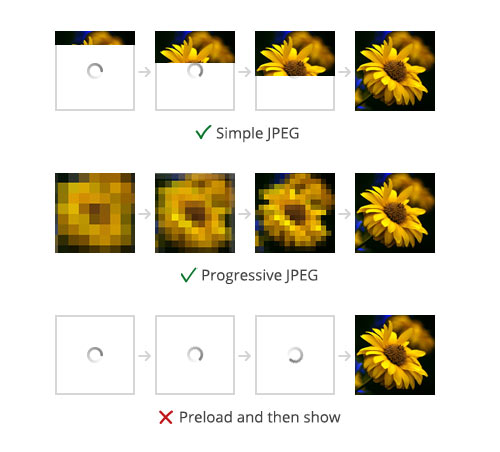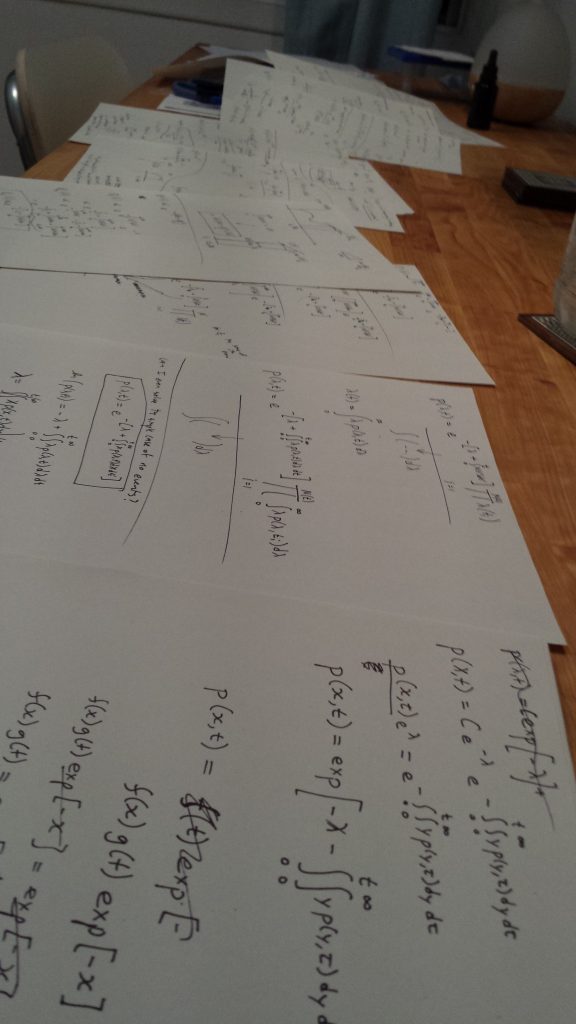I’ve set myself a goal to write a blog post a week. But, since Gingko is used for so many different things, from academics and graduate students, to game designers and novelists, I find I’m often faced with the question, “I have so much to write about.. how do I choose?”
Analysis paralysis & the paradox of choice. It’s a situation I’m in constantly. And as creatives, I am sure you are too.
As CEO of Gingko, and the only non-coder in our two-man team, this can often become overwhelming.
I could be contacting the press, or thinking up ways of improving our retention, or writing better copy for our pricing page. A new pricing model? Should we start offering enterprise/team packages? If so, how would we start? Where can I start looking now, for the talent we’ll need later? What about one-off promotions? How much prep should I be doing for the upcoming Startup Festival? And on and on and on.
As a knowledge worker (which today includes almost everyone, by some definition), at any moment, of any given day, there are literally hundreds of possible things you could be doing. So how do you choose?
I don’t have the answer, but I did come to a basic understanding that has helped me feel less overwhelmed. And since any creative enterprise is a mind-game, feeling less overwhelmed is more than half the battle.
Forget the “To Do” list
A “To do” list is an overwhelming reminder of all the things you should be doing, but can’t (due to paralysis).
Sorting the list is painful, and it could include anything from important priorities to random ideas. GTD can help organize these, but in the end, you will just end up with different categories of “To Do” lists.
Instead, use “Must Do” and “Could Do”
Reframing your lists slightly can make a tremendous psychological difference. Here’s why.
The “Must Do” list is a list of promises (to yourself, to your partner, to anyone you respect). As with all promises, you shouldn’t make them unless you are sure you can deliver. And every item added to a “Must Do” list is deliberated on carefully, because adding too much to a “Must Do” list will lead to a complete breakdown of the system.
A “Could Do” list, on the other hand, is a list of all the possible paths you could take next (some of which may be mutually exclusive). There’s no fear of adding things to a “Could Do” list. And instead of approaching the list with dread, with a little practice you can learn to approach it with curiosity and excitement. (“Ooh, look at all the things I could be doing!”).
However, there is one more caveat: the “Could Do” list can (and should) become very large. So how do you prevent information overload, and actually choose from this list?
Brain-Sort/Cull cycles
Here at Gingko, when we come across a list that needs sorting, we don’t hesitate to use our internal brain-sort “app”[1].
What’s brain-sort? Quite simply, it’s a sorting algorithm (merge sort), but instead of using math or logic to compare and sort two alternatives, it presents them to you and lets you pick.
So:
- You give this “app” a list.
- You choose a question prompt (e.g. “Which is more important?” or “Which is more exciting?”).
- You are then presented with two elements at a time from the list, and you choose which is most important/exciting/etc out of those two.
- Repeat till your list is sorted.
The result is you relatively quickly have sorted the list by one criteria (“Impact”, say).
Now, you can simply cull the bottom third of the list, and sort by another criteria (“Desire to complete”).
Repeat as often as you like, until you get to a manageable list of tasks and actions that you could do, which are impactful, exciting, and any of the other variables you choose[2].
Just another technique
So I’m claiming that a “Must Do”/”Could Do” list is the solution to effectiveness and overwhelm?
No, but it is a technique that is useful to have in your toolbox. In some cases, it might make the difference between being stuck in analysis-paralysis, and taking action.
If you want to read more about “Must Do” tasks, and how you might keep track of them (either for one-offs, or for recurring actions), have a look at this Beeminder.com post.
For more on “Could Do” lists, I’d recommend you read “Get It Done: From procrastiantion to creative Genius in 15 minutes a day“. It’s a great read, with many useful actionable exercises to move you towards a more fulfilling creative life.
And as always, if you have anything to add, please comment below.
[1]: I put “app” in quotes, because it’s a 20 minute hacking job I put together a year or more ago. We are considering turning this into an actual app, or integrating this into Gingko.
[2]: Of course, what I actually want to do is sort the same full list repeatedly, by each variable, and then use a function of my choosing to give appropriate weights to each variable. But this is my OCPD taking over again… Culling the bottom x% leaves you with a much smaller list to sort for the next time around.








